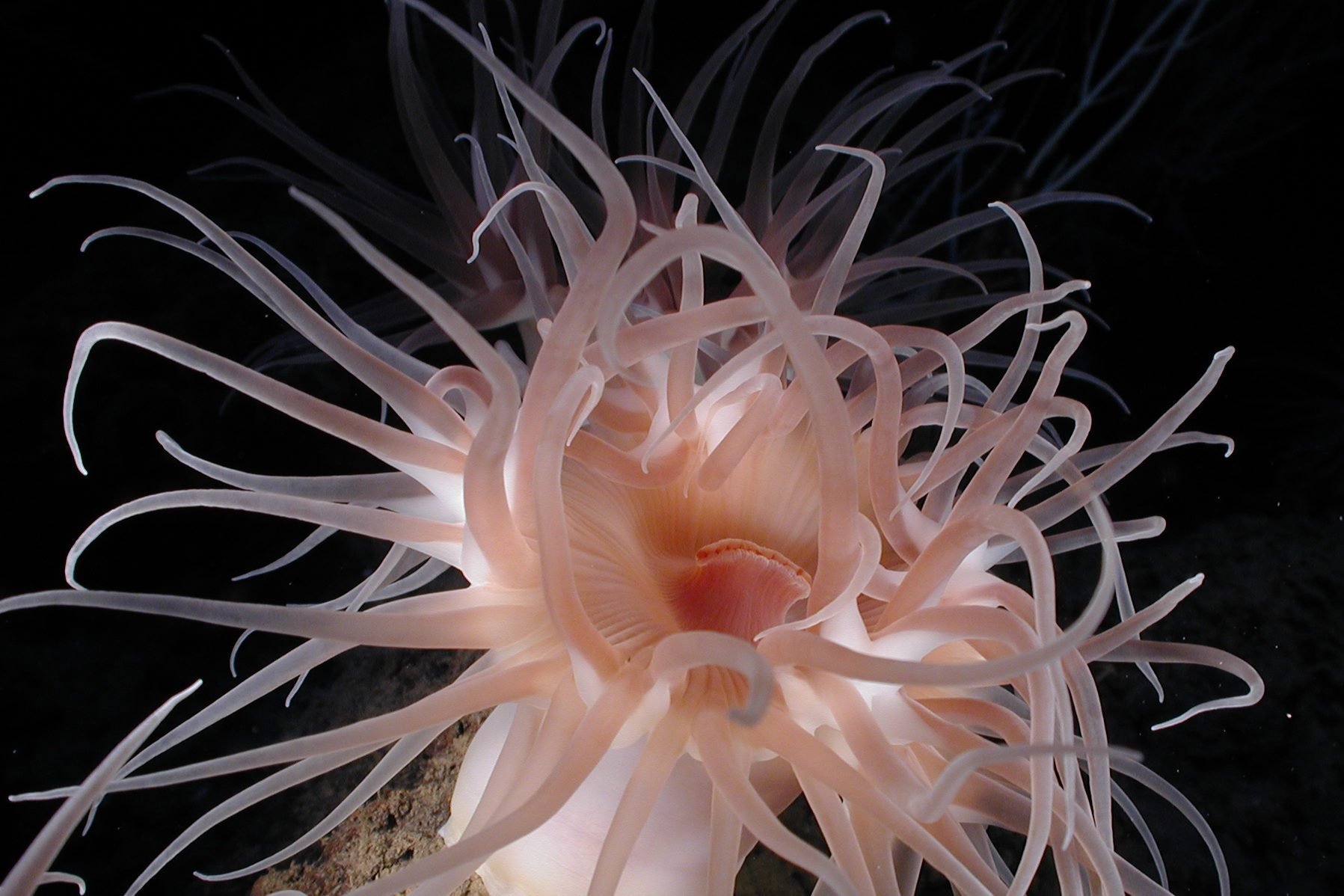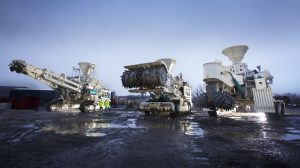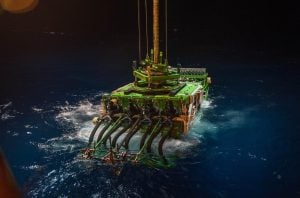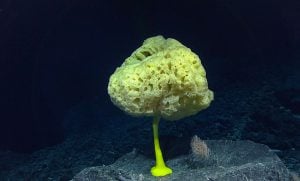Human activity is transforming the planet and the deep ocean is no exception. As the demand for metals increases humans are seeking them in ever more remote places. The next frontier may be the deep seabed.
Valuable metallic ores laden with cobalt, copper, nickel, gold and other rare metals are found in polymetallic sulphides at hydrothermal vents, polymetallic nodules on abyssal plains and ferromanganese crusts on seamounts. As many of these habitats are found in international waters, they fall under the mandate of the International Seabed Authority (ISA), which has allocated 29 mining exploration contract areas globally, some of which are up to 75,000 square kilometres, or roughly the size of Panama.
The deep sea regulates our climate by removing heat and carbon dioxide
Let’s be honest, deep sea mining is going to do some damage. The removal of nodules, vents and crusts will result in the loss of biodiversity whilst leaving no possibility for their re-establishment given that some of these resources form at rates of a few millimetres per million years. Mining will also create plumes of sediment, which may travel for kilometres before depositing. Further entombment of the seafloor will occur when tailings from the mining are discharged into the water column.
Other possible impacts include light and noise pollution from machinery, and major changes to the geochemistry of the sediment, food webs and carbon sequestration pathways. The cumulative impacts of these operations aren’t yet understood but will likely be long-standing and ocean-wide.
Despite this looming threat, most of the deep ocean is critically under-explored. It is the largest ecosystem on the planet, providing more than 95% of all habitable space and yet less than 5% of it has been explored.
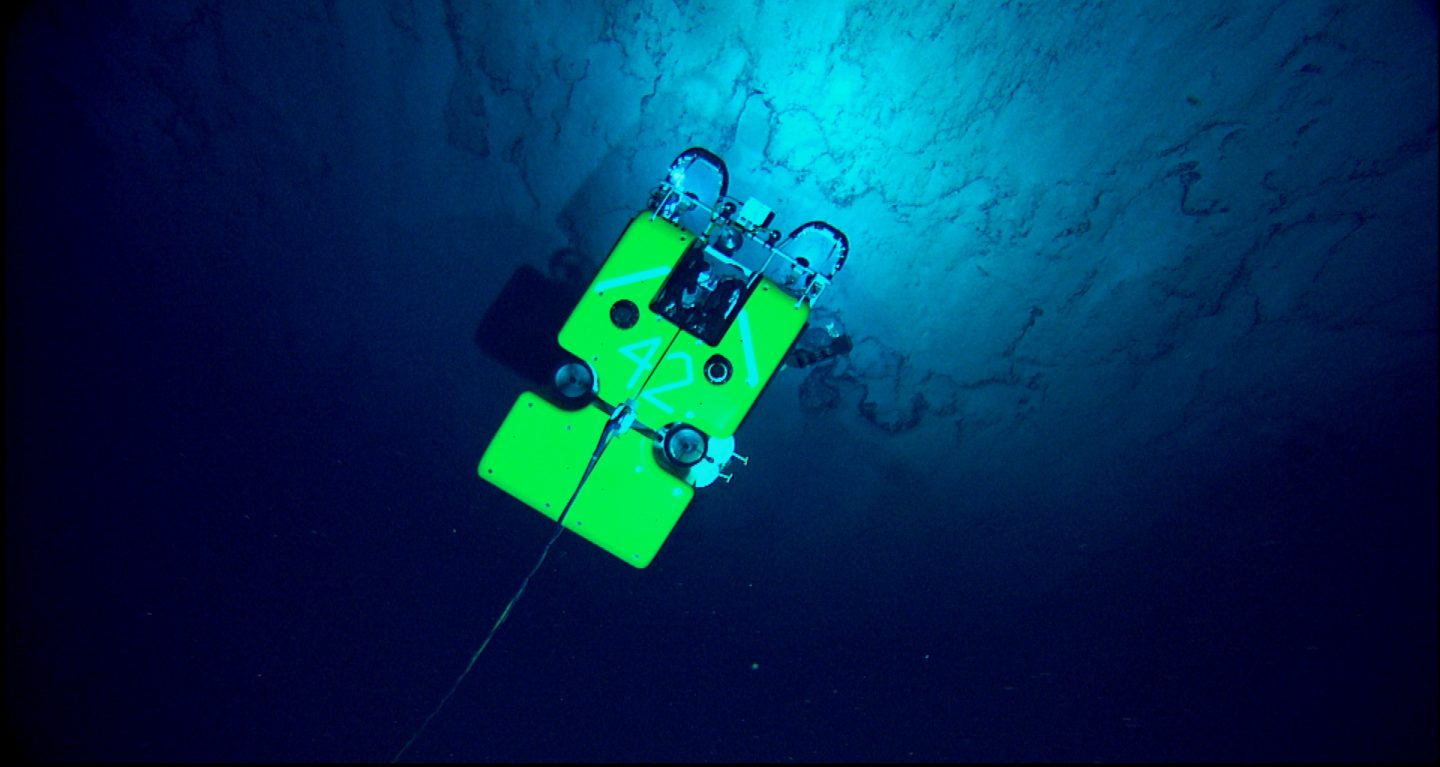
It is also the largest reservoir of novel biodiversity, with new species discovered on nearly every expedition. It provides ecosystem services that keep our planet healthy and keep humans alive. Its great size means that it regulates our climate by removing heat and carbon dioxide from the atmosphere. It cycles nutrients and chemicals and detoxifies our oceans.
However, major knowledge gaps threaten our ability to ensure the deep sea is governed for the benefit of humankind, today and tomorrow. As we can’t even answer the most basic question – “What lives there?” – for most of our deep ocean, how are we to understand the ecological consequences of human disturbance in this remote and unique ecosystem?
We can’t effectively manage what we don’t understand or protect what we don’t know. We must continue to explore the deep ocean in order to understand it better. Holistic management based in sound science is urgently needed to prevent the loss of biodiversity and ecosystem services in this area of rapidly expanding human activity.
Not only do the deep ocean and its inhabitants amaze and inspire us, but they also have the potential to provide solutions to some of the world’s greatest challenges. If we don’t balance the needs of both society and nature, there is a very real chance that we could change our oceans irreparably before we fully understand them. That would be a catastrophic loss for humanity.
This article is part of our deep-sea mining series. Read more here:
The future of deep seabed mining
Can a ‘mining code’ make deep seabed extraction sustainable?
Deep seabed mining: key questions
